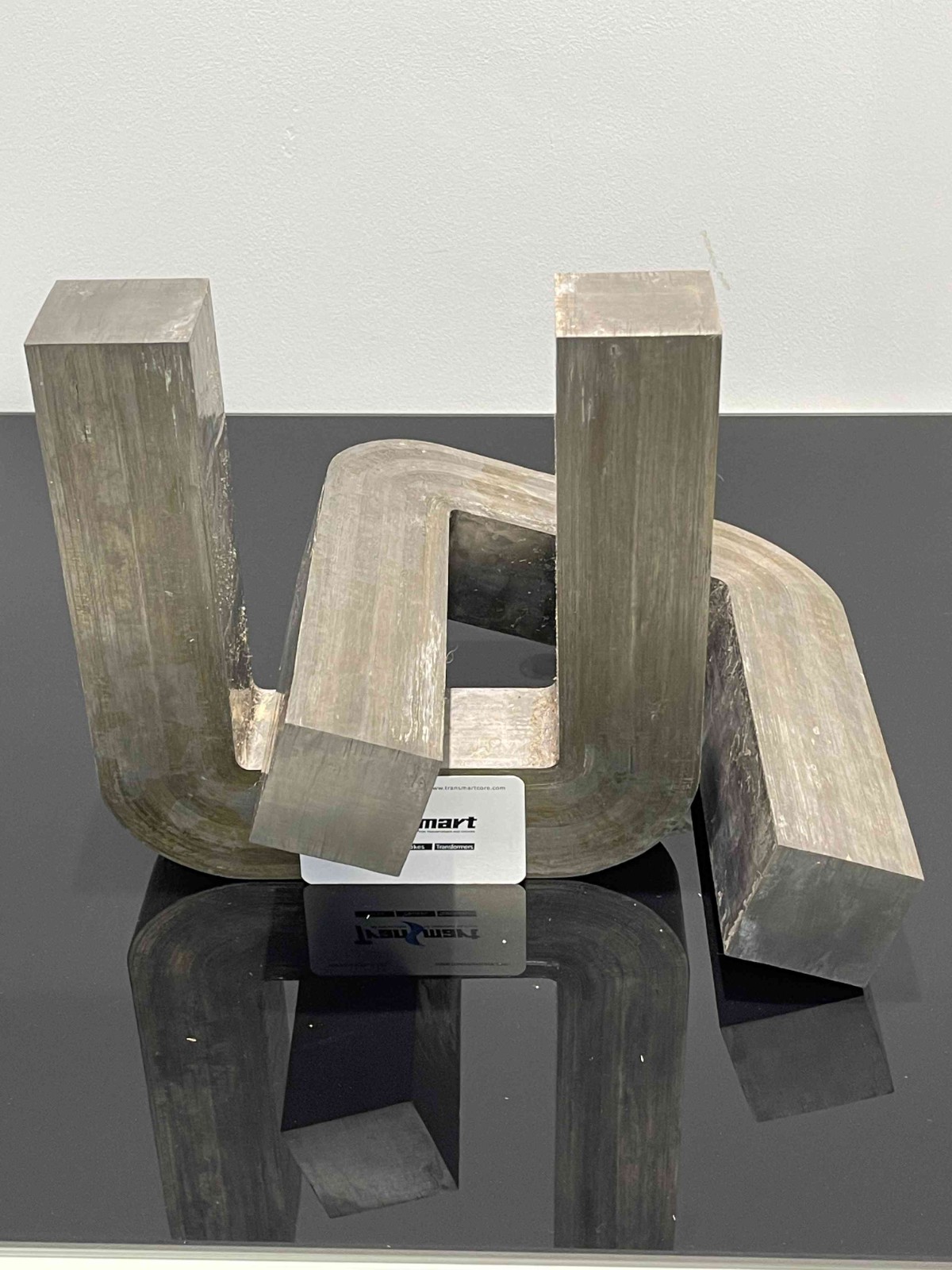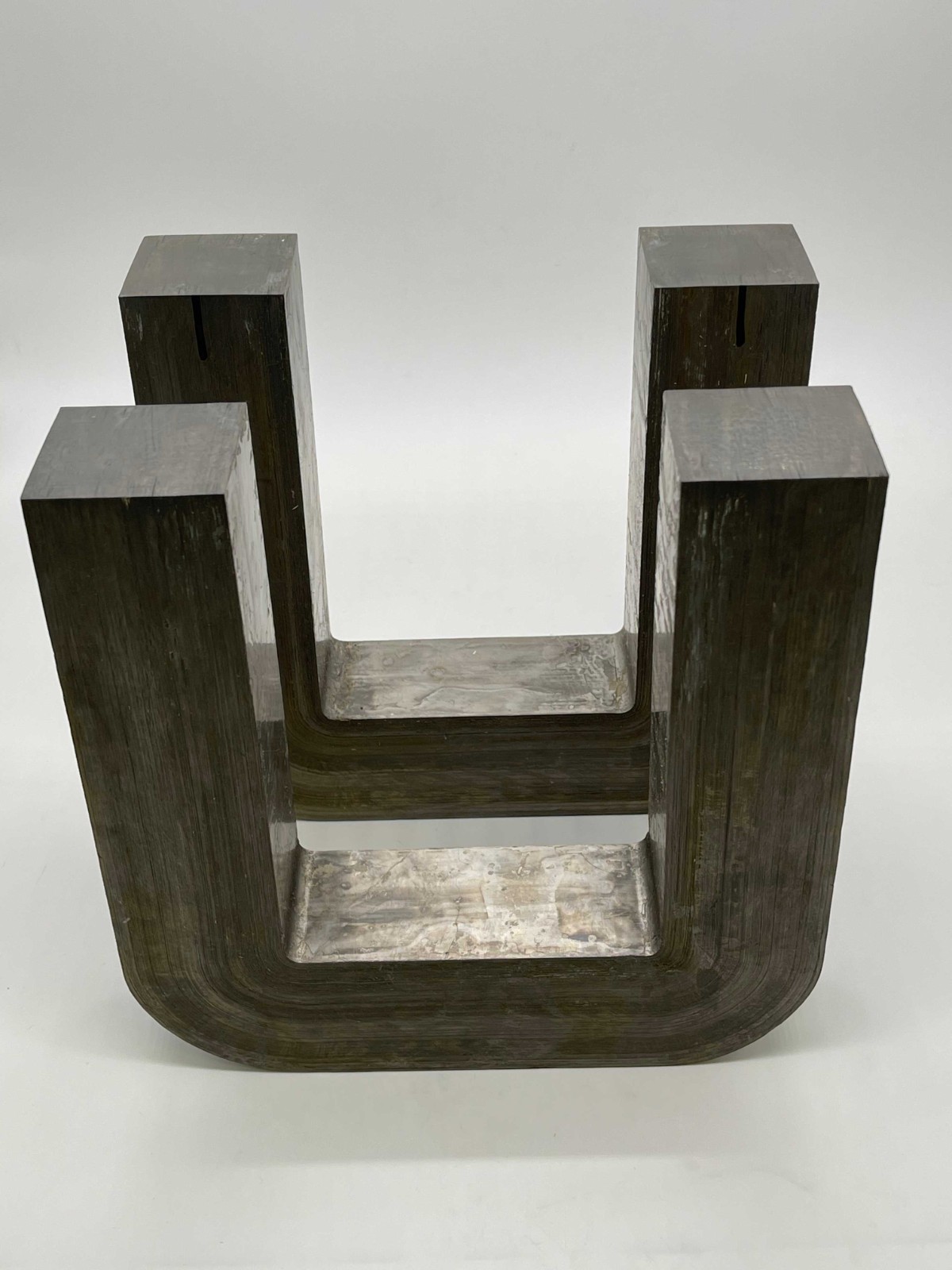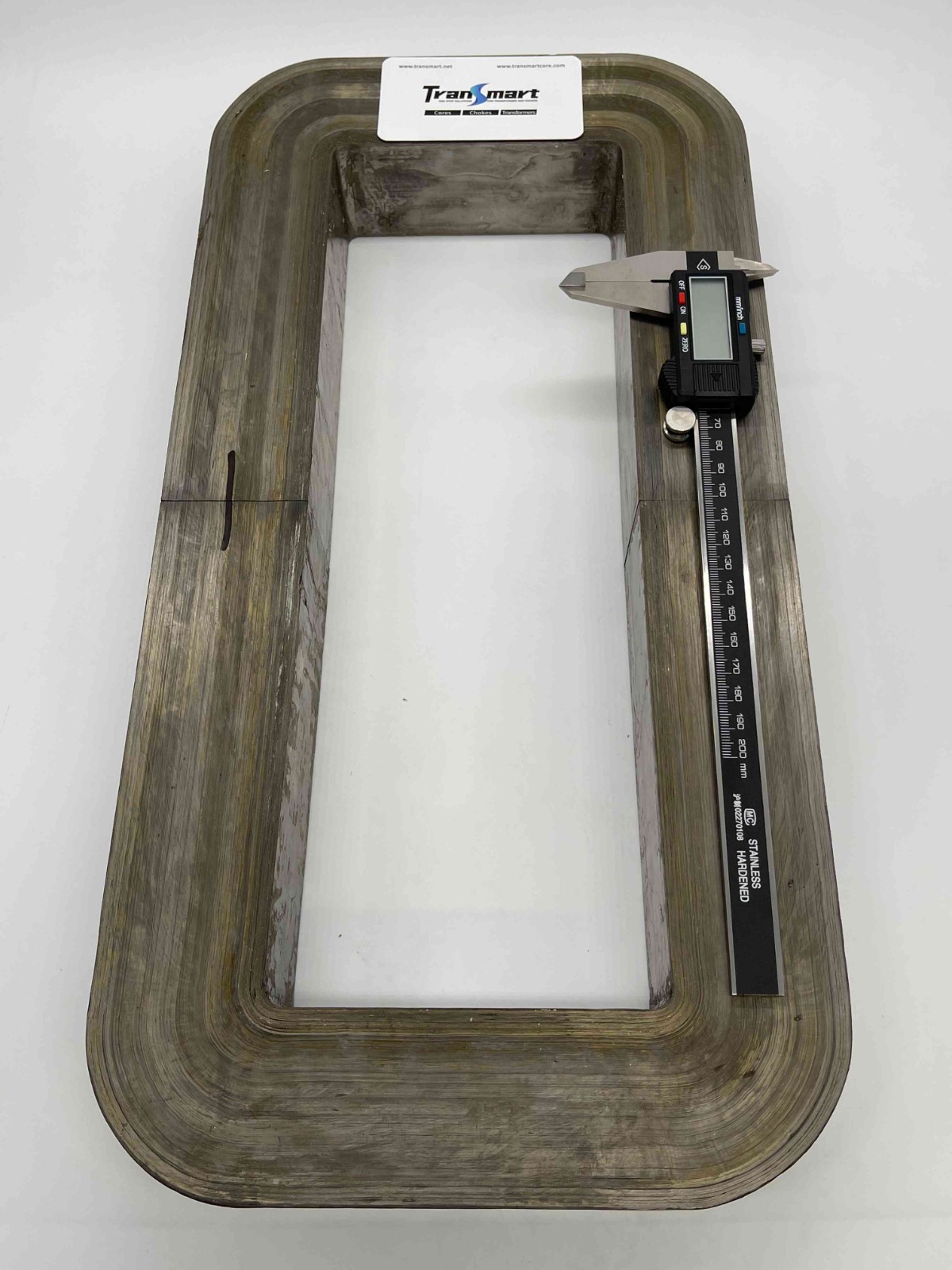Better Touch Better Business
Contact Sales at TRANSMART.
Nanocrystalline cores are a new development in the transformer industry that could lead to more efficient and smaller transformers. These cores are made of Nanocrystalline materials, which have been shown to have better magnetic properties than traditional materials.
This could mean that smaller and more efficient transformers could be made using Nanocrystalline cores, which would be a boom for the transformer industry.
Let’s find more information about Nanocrystalline cores in this article.
So, keep scrolling because we have also discussed a professional brand that supplies Nanocrystalline cores that yields efficient and effective results.
Transmart Industrial Limited is one of the leading Nanocrystalline core suppliers & manufacturers, with customers in 50+ countries. The majority of clients come from Europe and North America.
We use only the best materials and production techniques to make Nanocrystalline cores, so you can be sure you're getting a quality product.
We also offer customization options to ensure your Nanocrystalline core is perfect for your needs.
Transmart Industrial Nanocrystalline core includes multiple types:
● Nanocrystalline cut cores
● Nanocrystalline toroidal cores
● Tape wound cores
● Powder cores and more
If you're looking for an efficient and reliable Nanocrystalline core supplier, look no further than Transmart!

Nanocrystalline cores are a new type of transformer core made from Nanocrystalline materials. These materials have been shown to have better magnetic properties than traditional materials, leading to more efficient and smaller transformers.
They are made by combining two or more different materials at the nanoscale. This results in a material with improved magnetic properties, making it ideal for use in transformer cores.
Improved magnetic properties: Nanocrystalline materials have been shown to have better magnetic properties than traditional materials. This could lead to more efficient transformers.
Smaller size: They are smaller than traditional transformer cores, making them more compact.
Improved efficiency: These cores are more efficient than traditional transformer cores.
While Nanocrystalline cores have a number of advantages over traditional materials, there are also some disadvantages to using them.
● More expensive to produce than traditional materials. This is because the manufacturing process is more complex and requires special equipment.
● Nanocrystalline cores are also more difficult to work with than traditional materials. This is because the structure of the cores makes them more brittle and harder to shape.
Despite these disadvantages, Nanocrystalline cores are a promising new development in the transformer industry.
These cores have the potential to make smaller and more efficient transformers, which would be a boon for the transformer industry.

Nanocrystalline cores are made by compressing a powder composed of very small crystals or nanoparticles. The compression is carried out under high pressure and at temperatures above the melting point of the nanoparticles.
This process causes the nanoparticles to fuse and form a crystalline lattice. The resulting Nanocrystalline material is extremely strong and has many desirable magnetic properties.
Nanocrystalline cores are made from various materials, including iron, cobalt, and rare earth metals.
The choice of material depends on the desired magnetic properties. For example, iron is often used for applications requiring a strong magnetic field, such as in electric motors.
These cores have several potential applications in the transformer industry.
➔ They can be used to make smaller and more efficient transformers.
➔ Can be used to improve the performance of transformers.
➔ Can make transformers more resistant to vibration and shock.
➔ Can make transformers more resistant to electromagnetic interference.
➔ Can be used to make transformers more environmentally friendly.
Nanocrystalline cores are becoming increasingly popular in electronic, electrical, telecom, and other industries.
The transformer industry is one of the biggest users of Nanocrystalline cores, as they offer various advantages over traditional transformer cores.
Other industries are also beginning to use these cores. They are often used in high-frequency applications, as their low eddy current losses make them well suited for this purpose.
Nanocrystalline cores are also finding applications in the automotive industry, where they are used in direct injection systems and electric vehicles. As
They offer many advantages over traditional materials, they will likely continue to gain popularity in a variety of industries.
Nanocrystalline material comes with unique properties, such as high permeability, increased inductance, and temperature stability.
These characteristics have led the Nanocrystalline transformer core industry to grow rapidly in recent years. However, the industry is facing some challenges that could impact its future growth.
One challenge is the high cost of raw materials. Nanocrystalline materials are often synthesized from rare and expensive metals, making them expensive for many applications.
Another challenge is the lack of standardization in the manufacturing process. Because Nanocrystalline cores are so new, there are no established standards for their manufacture, making it difficult for companies to produce consistent quality products.
Despite these challenges, the Nanocrystalline transformer core industry is expected to grow in the coming years.

As the name suggests, Nanocrystalline material is only a few nanometers but Polycrystalline based crystallite. The gaps between amorphous components are filled by Nanocrystalline materials that ensure compact coverage and smooth current flows.
Nanocrystalline alloys are stable (on a microstructurally basis) with characteristics to avoid coarsening and de-shaping under extreme mechanical and thermal conditions. Also, Nanocrystalline alloys maintain component strength along with their structure and shape under high extremities.
Nanocrystalline cores are composed of a soft magnetic material known as nanocrystalline, which contains 82% iron compared with other metals. These cores have made better reforms in the power electronics industry.
With its high permeability, saturation induction, frequency range, and thermal stability features, the size and weight of the transformers can be reduced to a considerable extent.
Therefore, find the best and premium quality Nanocrystalline cores from Transmart to make your transformers highly effective and compact.
Buy Nanocrystalline Cores To Make Your Transformers Eco-friendly Now!
Copyright © 2025 TRANSMART INDUSTRIAL LIMITED | All Rights Reserved
Hello, please leave your name and email here before chat online so that we won't miss your message and contact you smoothly.